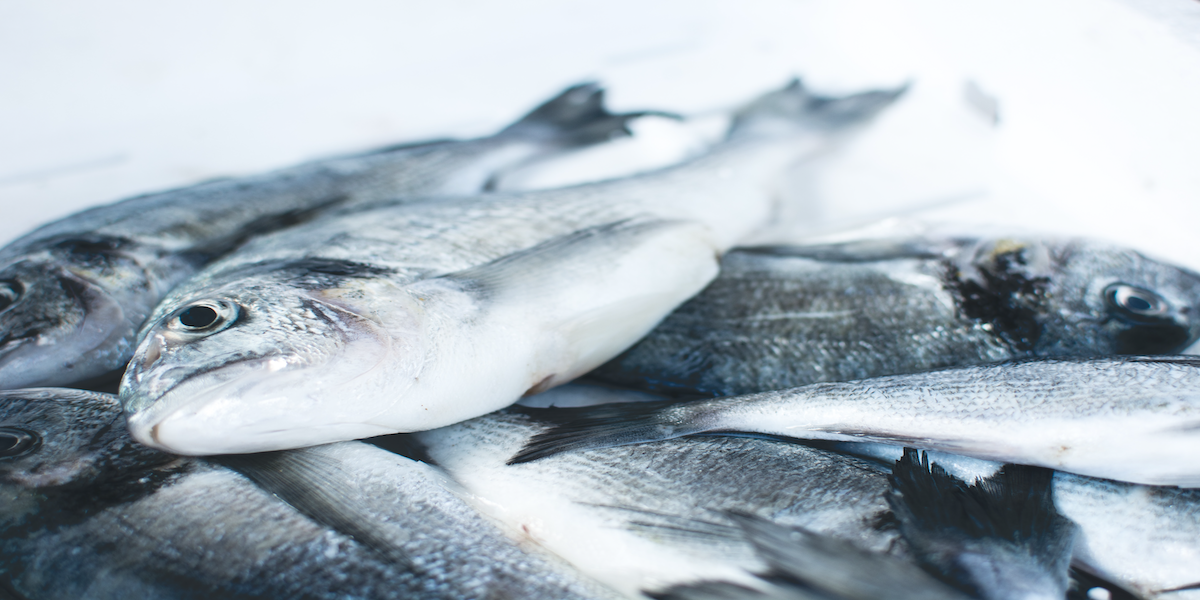5 Fish Types You Can Catch While Kite Fishing
Image commercially licensed from Unsplash
If you’ve ever been kite fishing, you know it’s a different experience than shore or deep-sea fishing. Kite fishing requires a lot of patience, but it can be incredibly rewarding if you’re willing to wait for the perfect moment.
Kites offer many advantages over traditional fishing methods because they give you a more comprehensive range of fishing opportunities than other techniques. For example, you could use a kite for fishing in shallow waters where many fish congregate or even in deep waters that are too deep for other fishing gear.
Many different types of fish can be caught while kite fishing. Here are just a few:
- Marlin
A fish you can catch during kite fishing is marlin. The marlin is a big game fish that can weigh over 1,000 pounds and be caught in the Pacific and Atlantic oceans. It’s also found in the Indian Ocean and the Mediterranean Sea.
The marlin has a bill that’s as long as its body and has one dorsal fin on its back. Its scales are made of bone, which makes it difficult to catch with a rod and reel because they break easily. The marlin has an anal fin on its belly, which helps it swim faster through the water to escape predators or find food.
The average life span of the marlin is 20 years old, but some have been known to live up to 60 years. Marlins are found in both saltwater and freshwater environments around the world. They eat other fish, such as tuna and mackerel. However, they eat squid and crustaceans, such as crabs and lobsters. Here’s a great read on kite fishing to learn more about it.
- Tuna
Tuna is the most popular fish to catch during kite fishing. It’s good for eating, but you can also use it as bait.
Tuna is a large, fast-swimming fish with a streamlined, torpedo-like body. The upper surface of the body is dark blue to black on the back, fading to a silvery white on the sides. The belly is usually lighter in color than the sides, but there may be small dark spots or even stripes.
You can catch tuna using several baits, such as squid, cut bait, live bait, or artificial lures and flies.
- Kingfish
You can catch different fish during kite fishing, but the kingfish is one of the most popular. This is because they’re easy to catch and taste great.
Kingfish have been known as the ‘fighting fish’ since ancient times. They’re known for their ability to put up a good fight when hooked and pull a line out, especially if they’re not handled properly.
The kingfish’s diet consists mainly of smaller fish, squid, and shrimp, but they’ll also eat crustaceans, mollusks, and other small marine animals. They prefer cooler water temperatures, so they’re typically only found in deeper waters during summer.
Kingfish aren’t rare or endangered, but their numbers fluctuate depending on how much food is available in certain areas at certain times of the year.
- Snapper
Snapper is a fish that you can catch during kite fishing. You can use the same equipment to catch other fish, such as a rod and reel. The snapper is a saltwater species that has existed for thousands of years. It’s also known as striped bass, redfish, or black bass.
The term ‘snapper’ refers to several different types of fish but usually to any species of oceanic food fish with an elongated body shape, large scales, and strong jaws. Snappers are very popular in many parts of the world because they taste good and are easy to prepare for consumption.
- Barracuda
The barracuda is a fish that you can catch during kite fishing. It’s an aggressive predator, so it’ll attack other fish much smaller than it is. The barracuda has been known to attack humans if they get too close to their territory, so you must be careful when in the water.
The barracuda has a long body and a pointed snout. It has very sharp teeth, which are used for ripping apart its prey. The barracuda’s coloration varies depending on where it lives and what food source it feeds on. For instance, the Atlantic variety has a silver body with black stripes, while the Indo-Pacific variety has a brownish-green body with yellow stripes.
Final Thoughts
Now that you know the top fish types, it’s time to get out there and catch them! But remember to watch your kite line and reel in slowly. Be careful not to get caught up in trees or other obstacles, and remember that kite fishing is best done in an open area.
Sponsored Post

